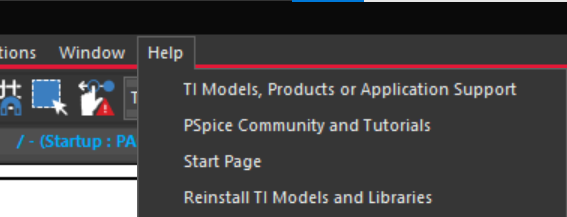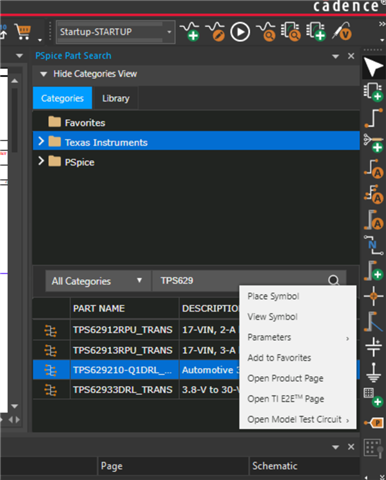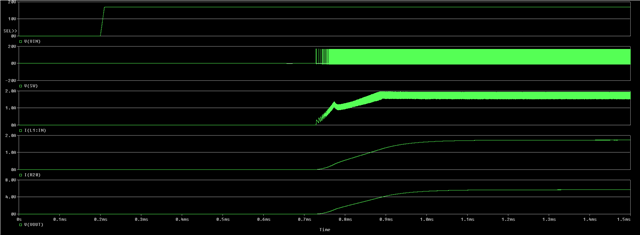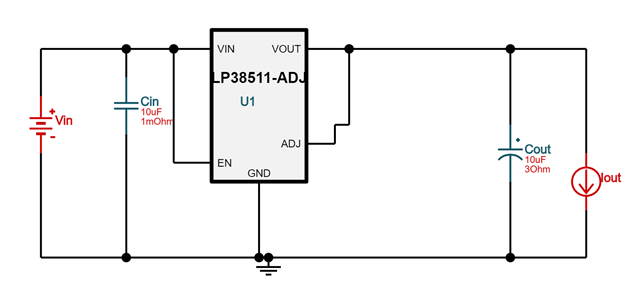In need to do a board layout where I have multiple different power supplies in 0.5V-2.7 V range. These should be created from for up to four source voltages. I am thinking to use for that TPS62902 DC/DC buck converter. I have to make sure that I get very a good power integrity across the whole board. Some of my components would share the same source voltage. I am wondering how to do that. Shall I simply tie loads to the converter? Is there any limitation on the number of converters I can use for the same source. Should I always use tracking output as an input to the next converter? Is there any other component that can probably suit better? To reduce crosstalking at loads, it seems I should put some inductor bead at the input to the converter.
I should ensure that return currents are also handled properly. The components I use are of quite high frequency going over 20 GHz I see some general guidelines for such things. However, I miss documents that can guide when it comes to placing different components. It will be great if you give me an idea on the above questions and provide me with some guideline and documents.
Thanks
Olonbayar
-
Ask a related question
What is a related question?A related question is a question created from another question. When the related question is created, it will be automatically linked to the original question.


 You can reinstall using the Help toolbar.
You can reinstall using the Help toolbar.




